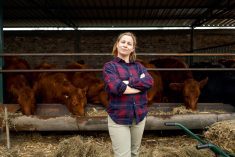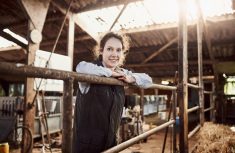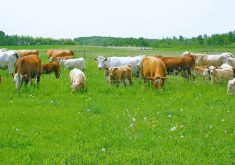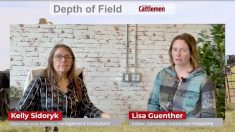Close to 30 years ago, Michael Gerber wrote The E-Myth and founded a small business development support/coaching company. (E-myth stands for entrepreneurial myth).
“It is self-evident that businesses, like people are supposed to grow; and with that growth, comes change,” Gerber wrote.
Read Also
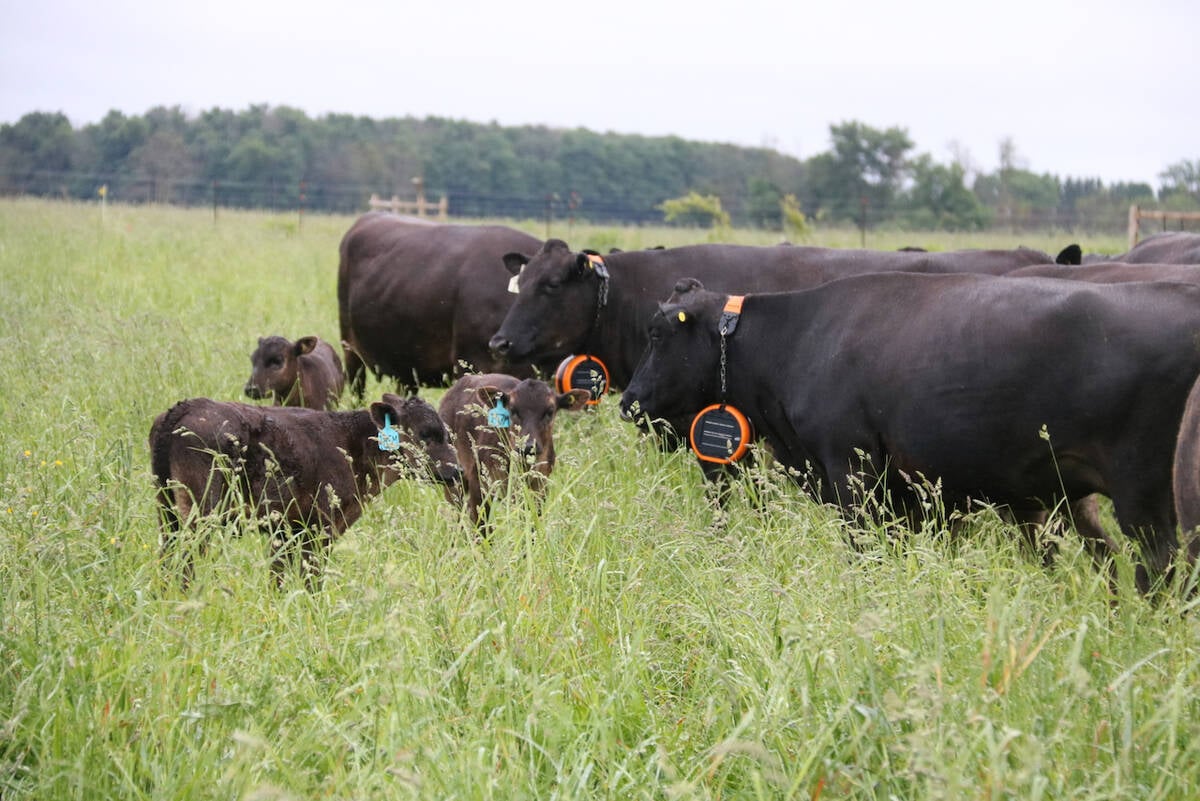
Connecting marbling scores in Japanese and Canadian grading systems
Research into whether Canadian marbling scores can predict Japanese marbling scores
He recognized that small businesses have significant challenges and many of them are doomed to fail. The book includes several strategies to help them achieve success.
Not all our agriculture businesses will fall into the small business category, but there are still relevant concepts from Gerber’s work. One is the fatal assumption by entrepreneurs that “if you understand the technical work of a business, you understand a business that does that technical work.” Gerber stresses these are two totally different things.
Agriculture is a business. So, in our operations, we need to consider not only the technical (or production) aspects but also the business side of it. As we consider the succession of our operations into the next generation, this is an important thing to think about. Does the next generation understand the production side of things? What about the business aspect? And what is the best way for them to acquire that knowledge? Is it by further education or work experience on other operations?
A young Irish friend of ours left his home farm to work with the agreement that in 10 or so years he would come back and take over the family operation. After 11 years working on operations in Australia and New Zealand, he is now headed home.
Ernesto Sirolli, a community enterprise facilitator, says there are three roles of the business operator — finance, marketing and production. For solo entrepreneurs, such as many farmers and ranchers, it is difficult, if not impossible to wear all three of those hats. He suggests finding people in our operations to fill the roles or outsourcing. A ranch I have worked closely with has been intentional about assigning those roles and then rotating them.
Gerber’s approach includes three roles: entrepreneur, manager and technician. The entrepreneur is the visionary or the dreamer. The manager is the planner and the one who creates order. The technician is the doer. The entrepreneur lives in the future, the manager in the past and the technician in the present. Again, it is difficult for one person to fill all those roles, but Gerber says we need to recognize they may exist within one person. In our family businesses, it can be helpful to explore which individuals best fit the different roles.
Gerber stresses the importance of creating systems or a model in our operations. He likens it to McDonald’s and the franchise format. We create supports or procedures for consistency and predictability. The rules that go along with this are:
- The model will provide consistent value to your customers, employees, suppliers and lenders beyond what they expect.
- The model will be operated by people with the lowest possible level of skill.
- The model will stand out as a place of impeccable order.
- All work in the model will be documented in the operations manual.
- The model will provide a uniformly predictable service to the customer.
- The model will use a uniform colour, dress and facilities code.
Some of these may seem irrelevant to us. But perhaps considering the idea of consistency and ease of repetition is useful, particularly if we are planning to transition the role to someone else. Also, consider what value we provide and who our customers are. Even if we are selling into the commodity market, we still have customers.
Gerber goes on to say that you are the most important component, not your business. With that, he asks, what is your primary aim? What do you value most? What do you want your life to look like, feel like? Who do you wish to be? Interestingly enough, these are similar to questions we use in holistic management to help us define our holistic goal/context. The primary aim “provides you with purpose. It provides you with energy. It provides you with the grist for your day-to-day mill,” he says.
Following the primary aim is the development of the strategic objective, which is a clear statement of what your business had to do to achieve your primary aim. Or the vision of the finished product that is and will be your business.
The organizational strategy follows and the first step in that is developing an organizational chart. Gerber suggests the chart should be developed around functions, not personalities. Perhaps it is good to consider melding the two together. Not only does this align with the roles and responsibilities mentioned earlier but also incorporates accountability. Instead of a job description, a position contract is written for the various roles. The org chart can be a useful tool when we are envisioning who will fill roles in the future.
A management and people strategy, then a marketing strategy follows. These are connected through the systems strategy on which much of Gerber’s work is based. “A system is a set of things, actions, ideas and information that interact with each other and in doing so, alter other systems. Everything is a system.” According to Gerber, there are hard systems — the inanimate, non-living things, such as computers or machinery. Next are the soft systems, such as the animate or living system, much of what we in agriculture work with. The final is the information system, which provides us with the information about how the other two are connected. Much of the accounting, reporting and financial systems would fall into this category. And all three are interconnected.
Gerber’s philosophy may seem overly complicated but there are several gems that can be applied and help to take our operations to the next level. Consider which may be the most appropriate for you at this point.




